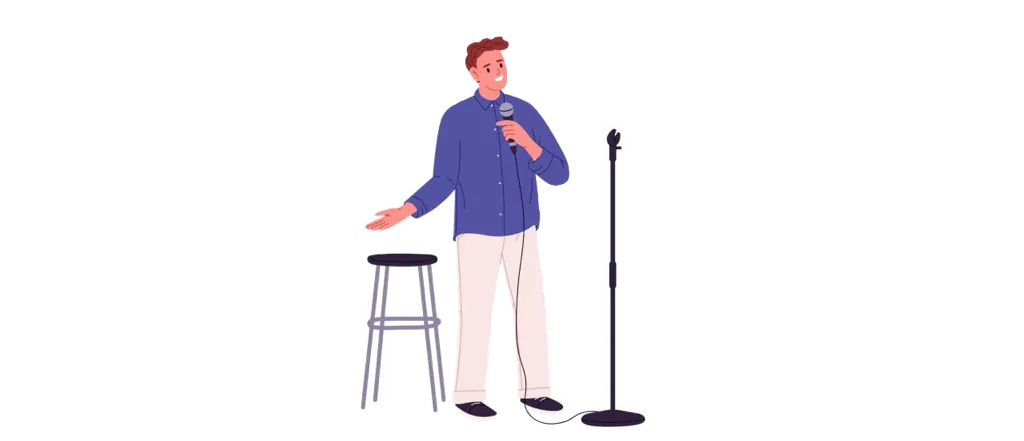With the advent of Internet, the meme culture and standup comedy culture has blasted in the last few years.
Internet has not only enabled the reach via social networks,
- People could try out different material not only cheaply but also with the ease of a click.
- The showoff of facebook check-ins and instagram stories have acted as catalyst in the expansion of the gig culture.
Comedians are writers
- Most of their writing is shaped by their personality.
- Their aim is to get max amount of laughter in their set, in every act. They explore, play around different tracks, hoping to suck on every funny thought on and around it.
- They develop their full show by practice, by testing their material in open mics. Comics tune their lines, timings, delivery etc by constantly replaying the show, sometimes on the stage and sometimes in their head.
- Apart from writing jokes, they also write comebacks (funny mostly). That is how they are instantaneous. Comebacks to what? Jokes that can go wrong, Audience replies, etc. Every word they say can be turned upon them. They even have some default humorous replies.
Joke Structure:
- Setup
- Punchline
Comedy Rules
These are not rules but guidelines to help us deconstruct the art of being funny.
The first rule of being funny is to be funny.
Everyone is funny in their resp. friend groups (not everyone) because they share common contexts, contexts of previous events, common situations.
As an extension of this, people can be funny in groups who share some context, eg: 65+ aged person won’t get a joke on facebook or instagram.
You like somebody, he/she is funny for you. People will like you first, then laugh at you or with you.
- Hence, first timers tell their self-deprecating (hari hui kahani) stories to build their likeability.
Funny could be your writing, your delivery, or even your body language. Find it, work on it. Bring different elements to your performance.
Always address the “elephant” in the room.
Whenever someone is expecting the most obvious reply/statement, don’t reply them with that one, reply the exact opposite of their expectation. The reply might sound stupid but the unexpected becomes funny (breaks serious tempo, definitely catches attention).
This can also be done with the intention of saying something and meaning something else, basically sarcasm (sarcasm is saying or agreeing to something but the tone or expression implies the opposite).
EXAGGGGGGGERATE
Always go for extreme exaggeration, make it look so ridiculous that it becomes funny. “Comedy is saying something outrageous then justifying it” - Jerry SeinfeldRight person in the wrong place, or wrong person in the right place - Setup for being funny
Comedy Genres
Crowd work
Anecdotal
Improv
Comedy of error
Slapstick
Caricature
Satire
- Satire is both genre and a literary device that holds human nature up to criticism and scorn. It is often political in focus but does not have to be. In literature, writers use irony, humor, and exaggeration to create successful satire.
- Four elements of satire:
- Exaggeration
- In congruity
- Reversal
- Parody
- Political satire at its best
Good Reads/Watches
49 minutes of discussion about comedy, featuring Jerry Seinfeld, Chris Rock, Ricky Gervais and Louis CK:
The process of writing jokes by different Indian comics: Journey of a Joke
